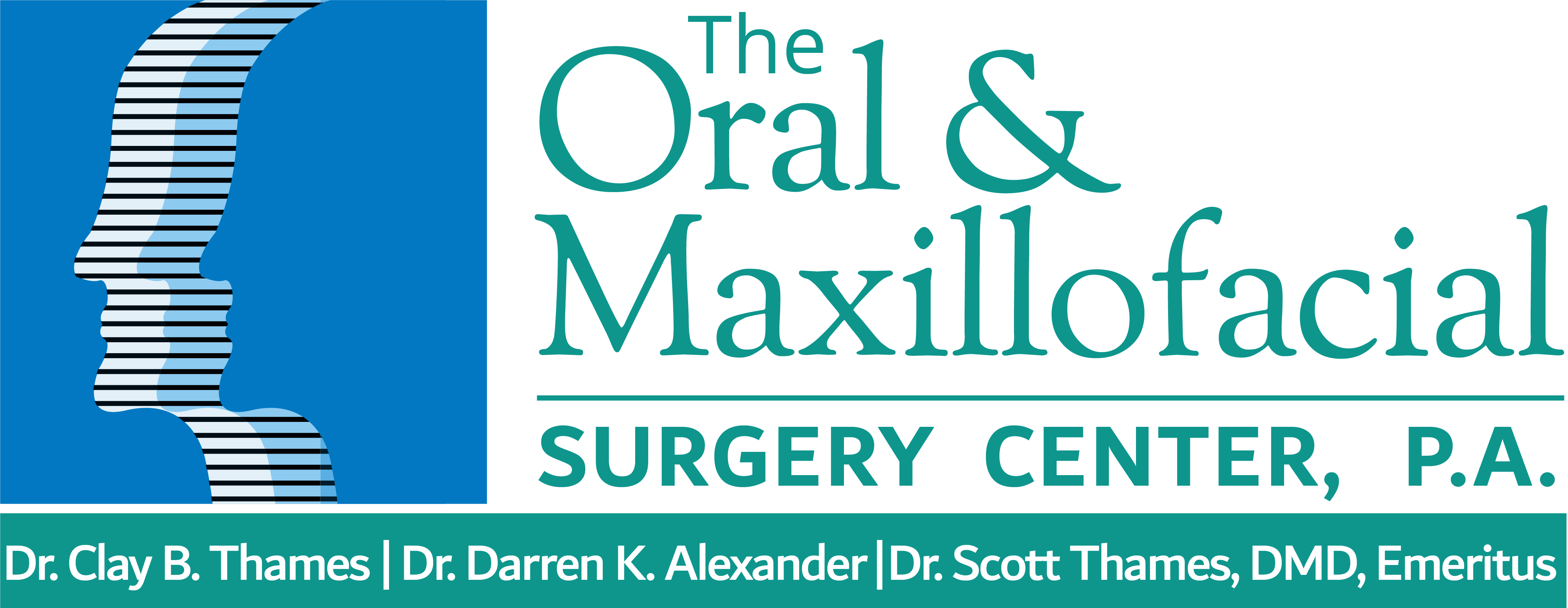Bone Grafting
Bone grafting involves adding or replacing bone in areas where it has been lost or is insufficient. The procedure is most commonly performed in preparation for dental implants or to address bone loss caused by trauma, periodontal disease, or congenital conditions.
Why Is Bone Grafting Necessary?
- Supports Dental Implants: A strong, stable bone structure is critical for implant placement.
- Prevents Jawbone Resorption: Bone loss in the jaw can lead to changes in facial appearance and oral health issues.
- Corrects Defects: Bone grafting can repair bone damage caused by injury or disease.
The Benefits of Bone Grafting in Hattiesburg, MS, and Laurel, MS
- Improves the success rate of dental implants
- Restores functionality and appearance
- Prevents further bone loss and gum recession
Common Reasons for Bone Grafting
Bone grafting may be recommended for a variety of reasons, including:
Tooth Loss or Extraction
- Tooth loss triggers bone resorption, especially in the absence of replacement.
- Bone grafting restores the lost bone to prepare for dental implants.
Periodontal Disease
- Advanced gum disease can lead to significant bone loss.
- Bone grafting helps rebuild the bone structure to support teeth and implants.
Trauma or Injury
- Accidents or injuries can damage the jawbone.
- Bone grafting repairs defects and strengthens the jaw.
Congenital Defects
- Some individuals are born with insufficient bone in the jaw.
- Bone grafting corrects these deficiencies for improved oral function.
Types of Bone Grafts
Several types of bone grafts are used, depending on the patient’s specific needs and the location of the procedure.
Autogenous Bone Grafts
- Source: Taken from the patient’s own body, typically from the chin, hip, or tibia.
- Advantages: High compatibility and integration rates.
- Considerations: An additional surgical site is required for harvesting.
Allografts
- Source: Bone from a human donor.
- Advantages: No need for a second surgical site, reducing patient discomfort.
- Considerations: Undergoes processing to ensure safety.
Xenografts
- Source: Bone from an animal, often bovine.
- Advantages: Acts as a scaffold for natural bone growth.
- Considerations: Integration may take longer than autogenous grafts.
Synthetic Bone Grafts
- Source: Made from biocompatible materials such as calcium phosphate or hydroxyapatite.
- Advantages: Eliminates the need for human or animal donors.
- Considerations: It may not integrate as seamlessly as natural bone. Contact us to learn more.
Bone Grafting Techniques in Hattiesburg, MS, and Laurel, MS
Bone grafting can be tailored to address specific areas of bone loss. Below are some commonly used techniques:
Socket Preservation
- Purpose: Prevents bone loss after tooth extraction.
- Procedure: Graft material is placed in the empty tooth socket.
Ridge Augmentation
- Purpose: Restores bone width and height in areas with severe bone loss.
- Procedure: Bone graft material is added to rebuild the ridge.
Sinus Lift
- Purpose: Increases bone height in the upper jaw near the molars and premolars.
- Procedure: The sinus membrane is lifted, and graft material is added.
Block Bone Grafting
- Purpose: Repairs large defects or areas with significant bone loss.
- Procedure: A block of bone is harvested and secured in the deficient area.
The Bone Grafting Procedure
Bone grafting is a multi-step process that requires careful planning and execution. Below is an overview of the typical steps:
Step 1: Consultation and Evaluation
- A thorough examination, including X-rays or CBCT scans, determines the extent of bone loss.
- One of our oral surgeons in Hattiesburg, MS, and Laurel, MS, Dr. Thames or Dr. Alexander, develops a personalized treatment plan.
Step 2: Preparation for Surgery
- Local anesthesia or sedation ensures patient comfort.
- The surgical site is prepared, and the type of graft material is selected.
Step 3: Placement of Graft Material
- The graft material is placed in the area of bone loss.
- Membranes or screws may be used to secure the graft.
Step 4: Closure
- The incision is sutured, and the healing process begins.
Recovery After Bone Grafting
Recovery time varies depending on the type and extent of the bone graft. Here’s what patients can expect:
Immediate Post-Surgery Care
- Avoid smoking and strenuous activities to promote healing.
- Follow prescribed medications for pain and infection prevention.
Healing Period
- Bone grafts typically integrate with the natural bone in three to six months.
- Regular follow-ups ensure proper healing and monitor progress.
Dental Implant Placement
- Once the graft has fully healed, dental implants can be placed.
Conclusion
Bone grafting is a transformative procedure that restores bone structure and improves oral health, making it possible for patients to benefit from dental implants and other restorative treatments. At The Oral and Maxillofacial Surgery Center, P.A., in Hattiesburg, MS, and Laurel, MS, Dr. Clay Thames and Dr. Darren Alexander combine expertise, advanced technology, and patient-centered care to deliver exceptional results.
If you’ve been told you don’t have enough bone for dental implants, schedule a consultation with us to learn how bone grafting can help restore your smile and confidence.
Experience exceptional oral surgery care at The Oral and Maxillofacial Surgery Center, P.A. Visit us at our Hattiesburg office, located at 6284 US Highway 98, Hattiesburg, MS 39402, or our Laurel office at 325 South 13th Avenue, Laurel, MS 39440. You can also call our Hattiesburg office at (601) 271-2356 or our Laurel office at (601) 425-2356. From dental implants to wisdom teeth removal, our experienced team is ready to restore your smile — schedule your appointment today!
LOCATIONS
6284 US Highway 98, Hattiesburg, MS 39402
Phone: (601) 271-2356
Email: oralandmax2@thamesoms.com
Fax: (601) 271-2374
- MON - FRI8:00 am - 5:00 pm
- SAT - SUNClosed
325 South 13th Avenue, Laurel, MS 39440
Phone: (601) 425-2356
Email: oralandmax1@thamesoms.com
Fax: (601) 426-9038
- MON - FRI8:00 am - 5:00 pm
- SAT - SUNClosed
